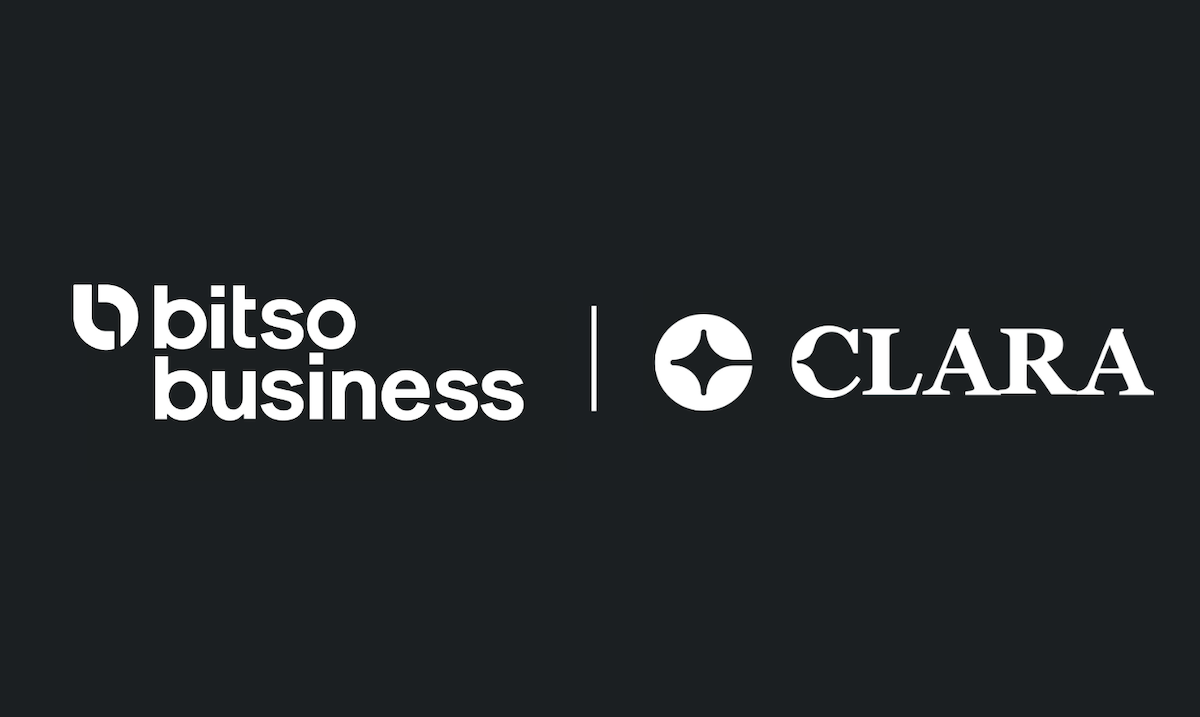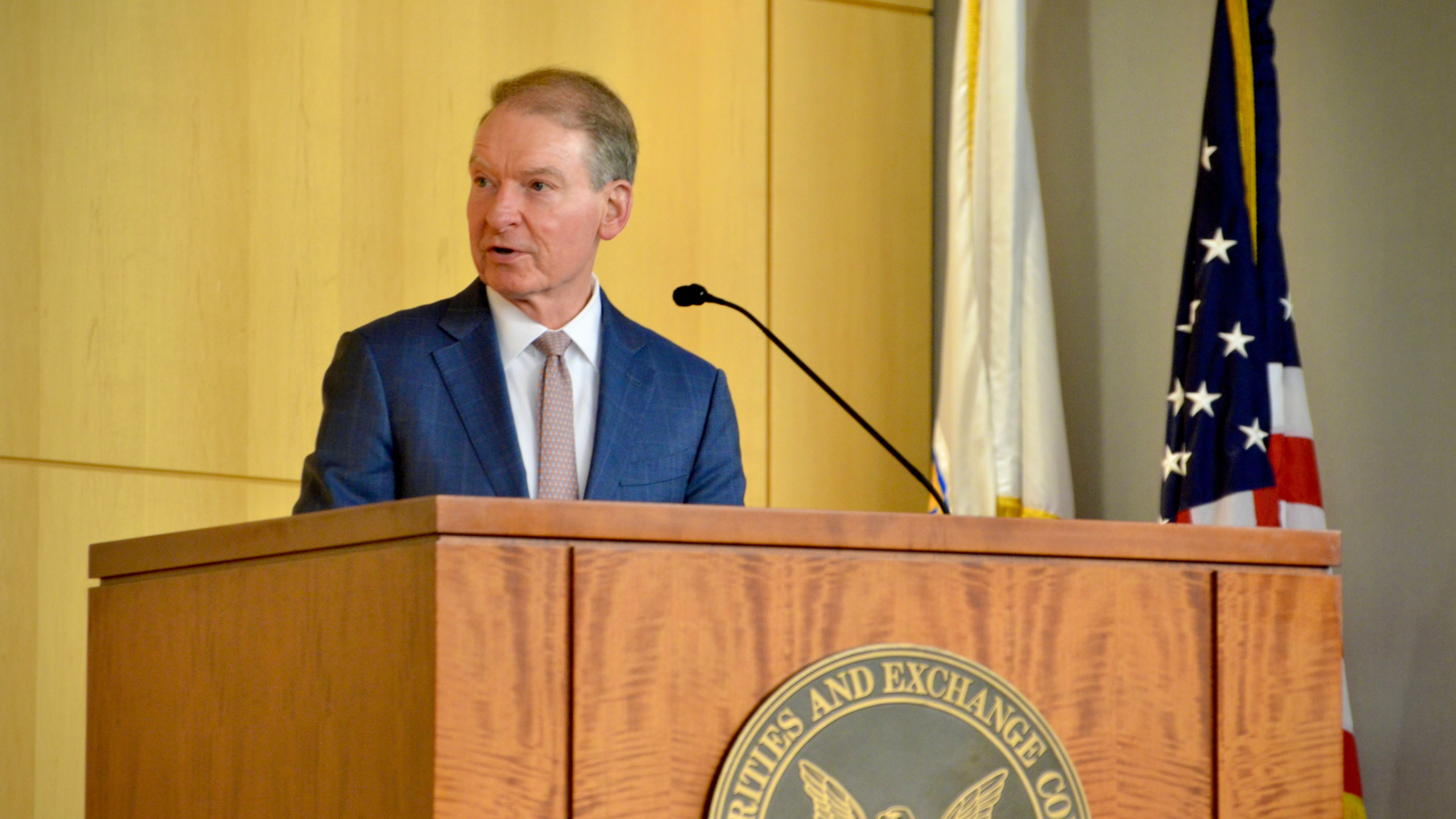
Take action to protect the future of OPB’s essential service to communities across our region. Make your monthly Sustaining contribution now.
The Democratic governors of Oregon, Washington, California and Hawaii released a set of immunization guidelines for their states on Wednesday.
Ermias Asfaw, RN, left, gives Loren Campos, 16, an immunization at a vaccination clinic held at McDaniel High School in Northeast Portland, Feb. 8, 2023.
Kristyna Wentz-Graff / OPB
The guidelines recommend broad access to the COVID-19 vaccine for everyone over 6 months of age, stating that the shot should be available to “all who choose protection.”
These recommendations come as part of the newly formed Western States Health Alliance, which was created after state leaders said the U.S. Centers for Disease Control and Prevention had been compromised by politics.
“Our states are united in putting science, safety, and transparency first — and in protecting families with clear, credible vaccine guidance,” Oregon Gov. Tina Kotek, California Gov. Gavin Newsom, Washington Gov. Bob Ferguson and Hawaii Gov. Josh Green wrote in a joint statement. “The West Coast Health Alliance stands united in protecting public health and always putting safety before politics.”
In Oregon, the new guidelines appear to be a step toward eliminating the requirement that patients obtain a prescription to get the 2025-2026 COVID-19 booster shot.
Last month, the Food and Drug Administration approved updated COVID-19 vaccines from Pfizer and Moderna that were reformulated in the spring to better match the variants currently in circulation. That approval was limited to adults 65 and older, and for people 5 through 64 years with at least one underlying condition that puts them at high risk for severe outcomes from COVID-19.
Typically, the FDA recommendations would come after a public review of the safety and efficacy of the shots by the CDC and a key group of experts known as the Advisory Committee on Immunization Practices, or ACIP. But officials at the U.S. Health and Human Services have spent months delaying that step.
Guidelines from ACIP for the 2025-2026 COVID-19 booster shots are still pending, which has meant that in Oregon and more than a dozen states, most pharmacies have required a doctor’s prescription before they will give the COVID-19 shot. The group is set to meet on Thursday and Friday.
Oregon’s Board of Pharmacy, meanwhile, is holding an emergency meeting on Wednesday at 11:30 a.m. to discuss a change in protocol for vaccine administration around fall respiratory viruses, including COVID-19. That change could allow pharmacists to administer vaccines without a prescription, regardless of what ACIP decides.
The recommendations from these four states pit Democratic governors who have promised to provide universal access to updated COVID-19 shots against top federal officials at Health and Human Services who have sought to restrict them to groups at higher risk, citing practices in Europe.
In recent months, HHS Secretary Robert F. Kennedy Jr. has come under intense scrutiny for allegations he has ignored staff scientists at the CDC and is using the power of the federal government to pursue an anti-vaccine agenda that he has long held.
ACIP has been the nation’s preeminent authority on vaccine safety and efficacy, but the group is mired in controversy after Kennedy dismissed all 17 of its prior members this summer and removed liaisons to major medical organizations.
Some new members Kennedy has appointed to ACIP have called for MRNA shots to be pulled from use and have misrepresented the risks of infectious diseases, including the measles.
Sen. Bill Cassidy, the Republican chairman of the U.S. Senate Committee on Health, Education, Labor, and Pensions, has said that recommendations made by the current ACIP committee should be rejected as illegitimate, given the turmoil at the CDC.
On Wednesday, the committee heard testimony from Susan Monarez, the recently ousted director of the CDC, a Trump nominee confirmed by the Senate.
Monarez told lawmakers that Kennedy demanded she commit in advance to approve all of ACIP’s recommendations regardless of the scientific evidence, and directed her to fire career vaccine policy officials without cause. She refused and was fired by the White House.
Kennedy has accused Monarez of lying about the events that preceded her firing.
Officials at HHS have called the new members of ACIP highly credentialed doctors, scientists, and public health experts, and said Kennedy reconstituted the committee because its previous members had been too quick to rubber-stamp vaccines.
They lambasted the health alliance, saying that states run by Democrats are the ones who undermined trust in public health through pandemic-era decisions.
“ACIP remains the scientific body guiding immunization recommendations in this country, and HHS will ensure policy is based on rigorous evidence and Gold Standard Science, not the failed politics of the pandemic,” HHS Communications Director Andrew Nixon said in a written statement.
The recommendations from the West Coast Health Alliance include the 2025–26 COVID-19, influenza and RSV vaccines. The recommendations for the latter two appear to align with current guidelines from the CDC.
According to the press release, the recommendations were developed by health officers from the four states. They are based on guidelines issued by the American Academy of Pediatrics, the American College of Obstetricians and Gynecologists and the American Academy of Family Physicians.
Last year, only 20% of Oregonians got the COVID-19 booster shot, according to the state health authority.
The uptake rate was higher among some groups, like those 65 and up and native Hawaiians and Pacific Islanders, who are at greater risk of hospitalization due to COVID-19.
Tags: Washington, California, Oregon, Vaccines, COVID-19, Flu, Health, Politics
Federal funding for public media has been eliminated. Stand with OPB and protect independent journalism for everyone.
Streaming Now
All Things Considered












